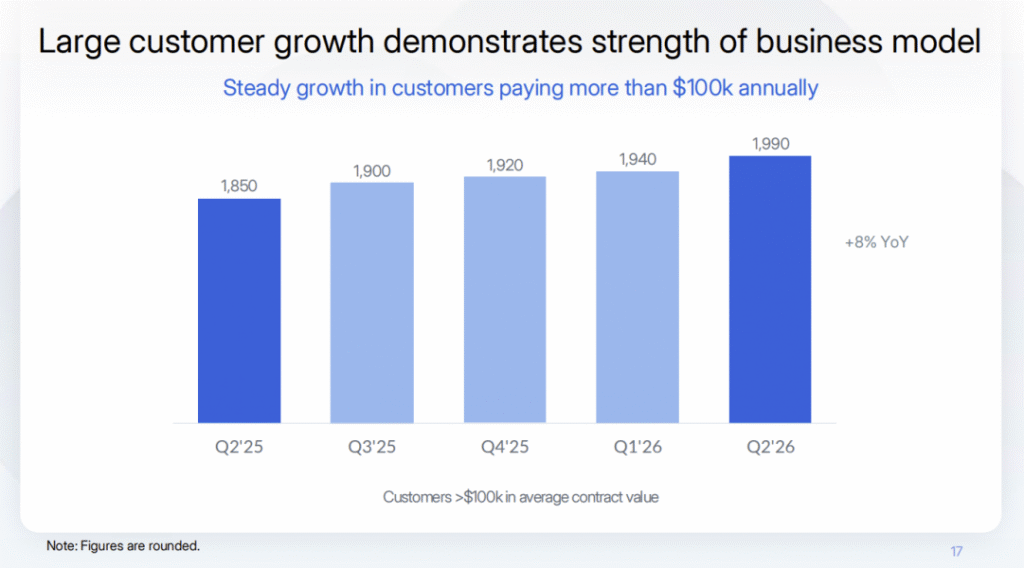Box is set to launch new workflow and no-code app tools in the coming months, aiming to help businesses automate processes related to unstructured content. This initiative is anticipated to be a focal point at BoxWorks 2025, slated for September 11 and 12. Box’s strategy is a clear indication of its commitment to integrating AI agents into their content management offerings and addressing broader business processes.
During a recent earnings call, CEO Aaron Levie highlighted the company’s comprehensive roadmap for the second half of the year. Notable enhancements will be made to Box Notes, Box Hubs, and the introduction of new core Box AI features that simplify customer interactions with AI agents. The goal is to create a seamless experience where users can efficiently locate information within their Box accounts, ultimately enhancing productivity.
Box’s ambition is to serve as a central hub for automating numerous business processes, whether related to contracts, digital assets, leases, or even research. By leveraging AI agents capable of managing unstructured data, Box posits that enterprises can accelerate critical workflows, such as product development, hiring and training procedures, data insights extraction, and streamlining clinical studies or loan applications. This capability could significantly improve client engagement by making these processes faster and more efficient.
As businesses navigate the evolving landscape of workplace automation, it’s essential to understand how to implement these tools effectively. Automation doesn’t have to be complex, especially with the emergence of user-friendly platforms like Make or Zapier. Both tools allow SMBs to connect applications, automate repetitive tasks, and create workflows without the need for extensive coding knowledge.
To begin integrating automation into your business processes, start by identifying repetitive tasks that consume a significant amount of time. Common candidates include data entry, document approvals, and basic customer communication. Once identified, you can start mapping out the processes. For instance, if you struggle with lead follow-up, consider setting up a workflow where a new lead in your CRM automatically triggers a follow-up email using either Make or Zapier.
The first step in using these platforms is to set up an account and familiarize yourself with the interface. Both tools provide templates to help you get started. For instance, if you’re using Zapier, search for existing “Zaps” related to your needs, such as “New Lead” to “Send Email.” You can customize these templates based on your requirements.
Next, you’ll want to connect the apps you use daily. Make sure you have API access or credentials for these applications, as they will need to communicate with one another. For example, if you’re integrating your email service with your CRM system, you’ll need to authenticate both platforms on your chosen automation tool.
After connecting the necessary applications, define the triggers and actions for your workflow. In the case of follow-up emails, a new lead in your CRM acts as the trigger, while sending a specific email template is the corresponding action. This is where you can outline the steps that will occur automatically; you can even set conditions, such as only sending an email if the lead status is “new.”
Once your automation is established, it’s crucial to monitor its performance. Both Make and Zapier offer analytics features that allow you to inspect the effectiveness of your automation workflows. Continual assessment will help you refine your processes over time and identify additional tasks for automation.
While the benefits of implementing automation are significant, risks should not be overlooked. Potential pitfalls include over-reliance on automated processes, which can lead to errors if not monitored regularly. Additionally, employees may feel threatened by automation; thus, it’s essential to foster a culture that views automation as a tool to enhance productivity rather than replace human roles.
Analyzing the return on investment (ROI) of your automated processes is vital. While automation requires an initial investment in terms of time and resources, the potential outcomes can lead to vast improvements in efficiency, reduced labor costs, and enhanced employee morale. By accurately tracking labor hours saved and productivity gains, you can paint a clear picture of the financial benefits of your investments in automation.
Box’s new AI features align with this growing trend toward workplace automation, opening opportunities for SMBs to leverage integrated workflows for increased efficiency. As organizations embrace these tools, it is clear that the future will be shaped by intelligent agents working alongside human counterparts, seamlessly managing tasks and processes in the background.
In summary, automating workflows using platforms like Make and Zapier can significantly streamline operations for SMBs. By identifying repetitive tasks, utilizing templates, connecting necessary apps, and continually monitoring the performance of your automation workflows, businesses can not only enhance efficiency but also cultivate a culture of innovation. Embracing these tools will boost productivity and position enterprises favorably in an increasingly competitive landscape.
FlowMind AI Insight: As your business considers automation, remember that the key lies in balancing technology and human resources. Emphasize collaboration between AI tools and your workforce to achieve the greatest efficiency and drive innovative growth.
Original article: Read here
2025-08-27 10:44:00

